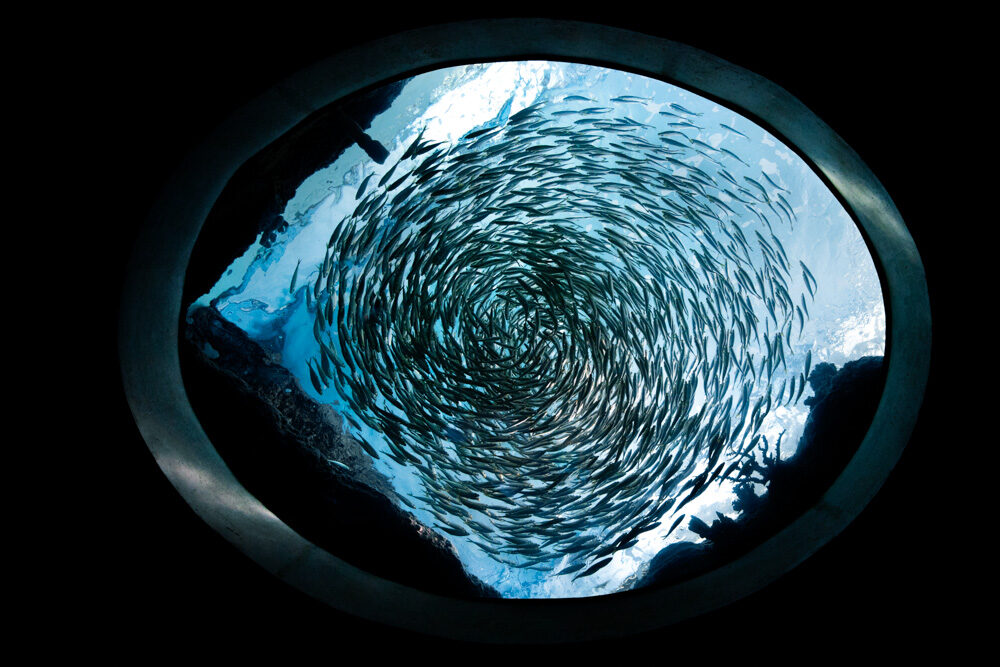One aspect of being a photographer that goes unspoken is your role as a translator. I don’t mean speaking French on set to help the international cast either; I mean acting as a visual translator while working with multiple people who all respond to words and scenes differently. As a translator, it is your job to understand what people are imagining, even if they’re not saying it.
Language Is Subjective And Ever-Changing
•
The first step in this process is to understand that words have different meanings to different people. The best example of this is the term “moody” in the creative landscape. In a small poll, I conducted among artists, the term moody has meanings that range from dark, mysterious, sad, intentional, colorful, and more. However, they’re all correct in their definitions because that is their own personal interpretation. Since none of these versions are consistent, you have to dig deep enough to get a clear picture of what someone is describing visually from their language.
You Are A Translator

Typically, during a photoshoot, there is the main source that controls the visual look of the project. This could be a client, art director, creative director, or even the photographer themselves. In this situation, there’s a hierarchy from top to bottom: director, photographer, talent, techs, then assistants. The photographer exists at the core of this team while taking directions from the lead and translating that to everyone else on set.
For example, art directors love to throw around vague terms like “classic, modern, moody, bright, vivid, fun,” and so on. You must then go to your team and translate these ideas into a visual concept that they will understand. Depending on your situation, a creative director might tell you they want a “moody” look from the shoot. In turn, you can go to your techs and assistants to let them know you want a “lowkey and directional” lighting setup. When directing the model, you may instruct her to have very reserved body language, staying inward with her movements. These are all ways you can translate an original idea into multiple interpretations that work for your team.
Methods To Develop Visual Language

When learning to develop your visual language, you can:
•Read a thesaurus for starters. This is great for learning new descriptors for words you’re used to hearing that have somewhat lost their meaning.
•Read creative/art-based magazines relevant to your work (food, bridal, maternity, commercial, travel, etc.) to stay up to date on current trends. Show the same images you find to your peers and ask them to describe what they see and feel in their own words.
•Watch movies that are praised for their cinematography. The cinema and photography industries are very closely related, and this can help give you a reference for well-executed visual productions.
•Read more novels. Literature is a strong and productive way to improve this skill because it is a blend of art and language.
•Visit museums. Take a day to plan a trip to your local museum, aquarium, or planetarium and invite friends or colleagues as well. Your organic conversations and interactions about your interpretations will help you practice your visual language.
